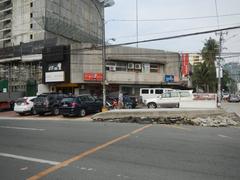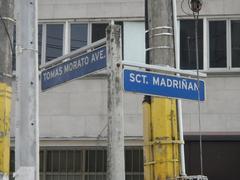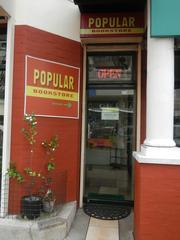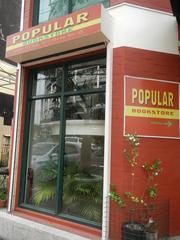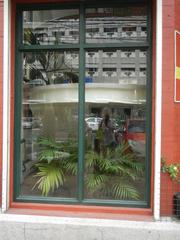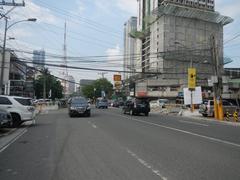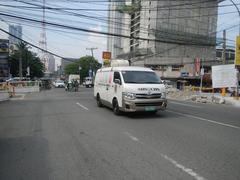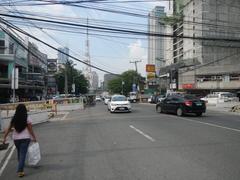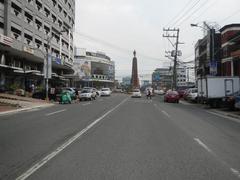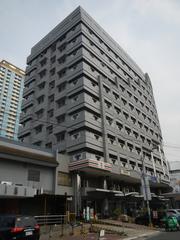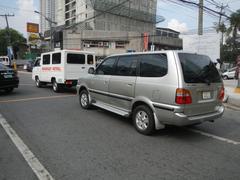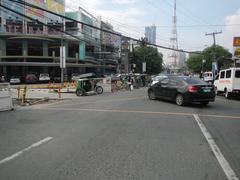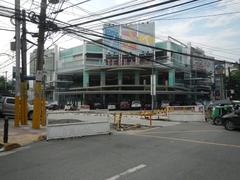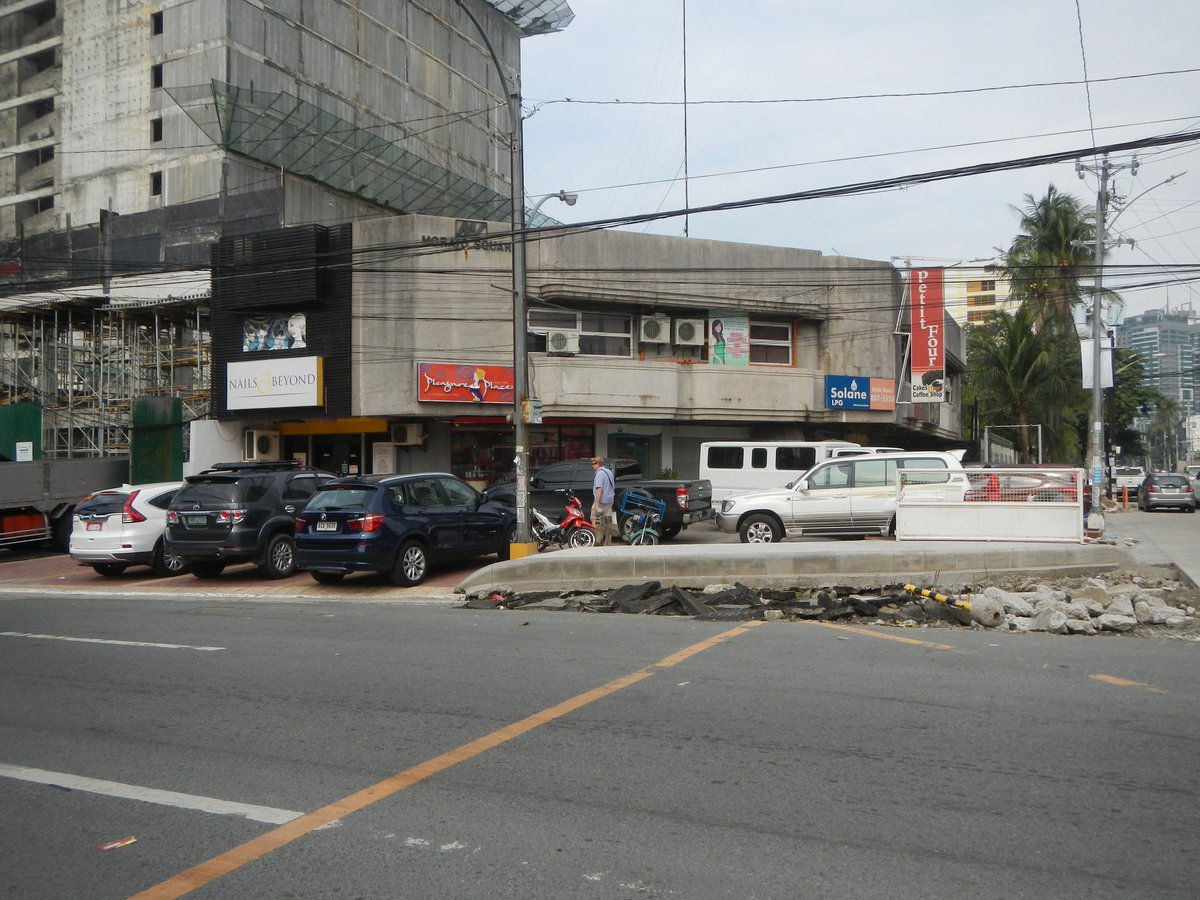
Tomas Morato Avenue: Visiting Hours, Tickets, and the Ultimate Guide to Metro Manila Historical Sites
Date: 15/06/2025
Introduction
Tomas Morato Avenue stands as one of Quezon City’s most iconic thoroughfares, weaving together the city’s rich history, cultural vibrancy, and dynamic culinary scene. Originally lined with sampaloc (tamarind) trees and serving as a residential artery, it has since transformed into Metro Manila’s renowned “Restaurant Row.” Today, Tomas Morato is not just a food and nightlife hub—its proximity to historical landmarks, diverse entertainment options, and community events make it a quintessential destination for visitors seeking an authentic taste of Quezon City’s evolving urban spirit (Wikipedia; Lakansining).
This comprehensive guide covers essential information for travelers: visiting hours, ticketing, accessibility, nearby historical sites, transportation, safety tips, and recommendations for making the most of your visit.
Table of Contents
- Historical Overview
- Visiting Hours and Ticket Information
- Getting There and Transportation Guide
- Culinary and Nightlife Highlights
- Nearby Historical and Cultural Sites
- Accessibility, Safety, and Practical Tips
- Special Events and Community Initiatives
- Frequently Asked Questions (FAQs)
- Conclusion and Call to Action
- References
Historical Overview
Tomas Morato Avenue traces its roots to the late 1930s and 1940s as part of Quezon City’s early urban planning. Originally called Sampaloc Avenue for the tamarind trees planted by city founders, it was renamed in 1966 to honor Tomás Eduardo Bernabéu Morató, the first mayor of Quezon City, who was instrumental in developing the area (Lakansining).
Tomas Morato’s transformation accelerated in the 1980s, evolving from a quiet residential street into a lively commercial and entertainment district with restaurants, bars, and notable venues. Its close ties to media (thanks to nearby ABS-CBN and GMA Network studios) further bolstered its reputation as a gathering place for celebrities, artists, and professionals. The avenue also memorializes key events, such as the tragic 1996 Ozone Disco fire, which led to increased safety standards in entertainment venues (Wikipedia).
The “Scout Area” at the intersection with Timog Avenue features streets named after the 22 Filipino Boy Scouts lost in a 1963 plane crash, and the Scout Memorial Rotunda stands as a poignant local landmark (Experience QC).
Visiting Hours and Ticket Information
- Avenue Access: Tomas Morato Avenue is a public thoroughfare open 24/7.
- Establishment Hours: Most restaurants and bars operate from 11:00 AM until midnight or later. Nightclubs and KTVs may remain open into the early morning.
- Tickets/Fees: There are no entrance fees to visit Tomas Morato Avenue itself. Some venues, especially nightclubs or special events, may charge cover fees—check with specific establishments in advance (Guide to the Philippines).
Getting There and Transportation Guide
By Public Transport
- MRT-3: Alight at Quezon Avenue or Kamuning stations; Tomas Morato is a short jeepney or taxi ride away.
- Jeepneys & Buses: Look for vehicles with “Tomas Morato,” “Kamuning,” or “Timog” signboards. Jeepneys and buses connect Tomas Morato to EDSA, Quezon Avenue, and surrounding areas.
- LRT-2: Disembark at Cubao Station, then transfer to a jeepney or tricycle.
Ride-Hailing and Taxis
- Grab, Joyride, and other apps provide convenient door-to-door service across Metro Manila.
- Tricycles are available for last-mile connections within Quezon City.
Parking and Car-Free Sundays
- Parking: Street parking and paid lots are available but fill quickly during peak hours.
- Car-Free, Carefree Sundays: Every other Sunday (6:00 AM–10:00 AM), an 800-meter stretch is pedestrianized, making it ideal for walkers, joggers, and cyclists (GMA News).
Culinary and Nightlife Highlights
Tomas Morato is celebrated as Quezon City’s “Restaurant Row,” offering an exceptional variety of cuisines and nightlife experiences (Booky).
Noteworthy Dining Options
- Filipino Comfort Food: Kamuning Bakery (a heritage spot since 1939), Tia Maria’s, and Habanero Kitchen Bar.
- Spanish-Filipino Cuisine: Delgado 112, known for heritage ambiance and innovative dishes.
- International Fare: Paldo (Korean fine dining), Half Saints (Mediterranean-inspired), Borro (American-style comfort food).
- Unique Cafés: La Condessa Cafe + Lounge, Benny and Cherie (brunch and cocktails), Under the Balete (cozy comfort food).
Nightlife and Entertainment
- Bars & Lounges: Comedy clubs, karaoke bars, and jazz lounges draw lively crowds; some venues host regular music nights (e.g., Jazz Night at Sourdough Café).
- Pet-Friendly Spots: Restaurants like Xi by Café Guilt and Sourdough Café allow pets (call ahead to confirm policies) (Spot.ph).
Food Hubs and Community Spaces
- Nearby Culinary Areas: Maginhawa Street and Cubao Expo offer additional eclectic dining and artisanal food stalls, expanding the gastronomic adventure.
Nearby Historical and Cultural Sites
Visitors can easily combine their Tomas Morato experience with trips to significant Quezon City landmarks (Quezon City Government):
- Scout Memorial Rotunda: Central commemorative landmark at the intersection with Timog Avenue.
- Quezon Memorial Circle: Museums, gardens, and monuments dedicated to President Quezon—a short drive or ride away.
- Museo ng Katipunan: Learn about the Philippine revolution and local history.
- Art in Island Museum & La Mesa Eco Park: Accessible for those seeking art or outdoor recreation.
Most sites operate from 9:00 AM to 5:00 PM, with minimal entrance fees for museums; check official resources for updated schedules.
Accessibility, Safety, and Practical Tips
Accessibility
- Sidewalks: Recent renovations have improved walkability, but some areas remain uneven or blocked by parked vehicles. Wheelchair access varies by establishment—contact venues ahead if needed.
- Car-Free Sundays: Offer safer, more enjoyable pedestrian experiences.
Safety
- Tomas Morato is one of Metro Manila’s safer entertainment districts, with regular patrols and well-lit streets (TripJive).
- Tips: Use reputable ride services, avoid isolated streets at night, and keep valuables secure.
Travel Essentials
- Dress Code: Mostly casual; some upscale venues require smart-casual attire.
- Cash & Cards: Major establishments accept cards, but carry cash for small vendors and tips (10% customary if no service charge).
- Connectivity: Free Wi-Fi is common; local SIM cards are useful for navigation and ride-hailing apps.
- Language: Tagalog and English are widely spoken; a simple greeting (“Magandang araw”) is always appreciated.
Special Events and Community Initiatives
- Car-Free Sundays: Promote active mobility and reduce emissions.
- Food Festivals and Markets: Regular events highlight local and international cuisine.
- Art Installations: Public art (e.g., Jonas Roces’ sculptures) celebrates Filipino traditions and games (Lakansining).
Check the Quezon City Government tourism page or the Audiala app for updated event listings and community activities.
Frequently Asked Questions (FAQs)
Q: Is there an entrance fee to Tomas Morato Avenue?
A: No, the avenue is open to the public and free to access.
Q: What are the best times to visit?
A: Evenings and weekends for nightlife and dining; weekday afternoons and car-free Sundays for a relaxed atmosphere.
Q: How do I get there via public transportation?
A: Take MRT-3 to Quezon Avenue or Kamuning, then a short jeepney, taxi, or tricycle ride.
Q: Are there guided tours?
A: Some operators offer history and food-themed walking tours; inquire locally or via the Audiala app.
Q: Is Tomas Morato Avenue family-friendly?
A: Many restaurants and cafes welcome families; nightlife venues cater primarily to adults later in the evening.
Q: Where can I stay nearby?
A: Boutique hotels like the Tribute Hotel offer modern amenities in close proximity (Simpol.ph).
Conclusion and Call to Action
Tomas Morato Avenue is the beating heart of Quezon City’s urban culture—where heritage, gastronomy, nightlife, and community come together. Whether you’re seeking a culinary adventure, a stroll through history, or the pulse of Manila’s nightlife, this district promises memorable moments and authentic Filipino hospitality.
For real-time updates, guided tours, and insider tips, download the Audiala app and follow us on social media. Take full advantage of car-free Sundays, explore nearby historical sites, and immerse yourself in the diverse experiences that make Tomas Morato Avenue a Metro Manila essential.
References
- Tomas Morato Avenue, Wikipedia
- Quezon City: The History of the Landmarks in the Homesites Project, Lakansining
- Pedestrianization Tomas Morato QC: Better Streets for People, Rappler
- Guide to the Philippines: Manila Tourist Spots
- Top Quezon City Restaurants, Booky
- Quezon City’s New Tourism Slogan, Quezon City Government
- QC to Continue Car-Free Sundays, GMA News
- Experience QC: Tomas Morato
- Tribute Hotel Tomas Morato Boutique Hotel, Simpol.ph
- Safest Areas to Stay in Manila, TripJive
For more visuals, include images with alt tags such as “Dining along Tomas Morato Avenue in Quezon City,” “Public transportation options to Tomas Morato Avenue,” and “Car-Free, Carefree Tomas Morato Sundays pedestrian event” for enhanced SEO and engagement.
